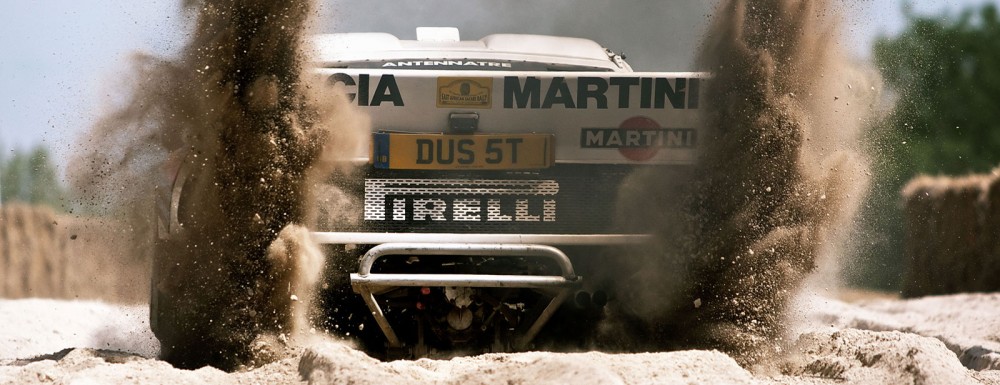One of my goals with this blog has been to promote the idea that do-it-yourself can mean much more than just turning your own wrenches. Chances are if you truly love this automotive hobby, then you have the ability to take part in the design and engineering process simply through sheer experience and/or enthusiasm. You don’t have to have an engineering degree or be a professional engineer to be effective. We live in exciting times because the world of rapid prototyping is within grasp of enthusiasts. Why is that such a game changer? The old way of doing business that we’ve inherited from the industrial revolution is that of mass production. Come up with an idea for a product and immediately throw a patent on it. Then, refine it so that it can be used by the most people (compromise) and then invest a substantial amount of money in tooling and molds so that you can make a zillion of them to sell to recoup your initial investment and turn a profit. Rapid prototyping uses digital information (CAD models) to power universally flexible machines like CNC mills, CNC routers tables and 3D printers to produce products in single batches. This technology completely diminishes the infrastructure that used to separate having an idea and turning it into a physical product and that’s a game changer. It also allows high levels of customization since production batches as small as one are now profitable. We are on the cusp of a huge paradigm shift in the way a lot of people conduct business. The information age has finally made its way into manufacturing and we are all going to benefit from it. Check out this TED talk to see how open source design and creative commons have changed the world of architecture:
I think the same concepts can be applied to engineering, specifically automotive tuning/modification/hot rodding. I’m working on putting together software, tools and processes where enthusiasts can gather and design their own aftermarket parts to make their cars better. It should be an exciting time for sure, so stay tuned. For now I recommend you check out this book: Makers: The New Industrial Revolution by Chris Anderson.
Source: TEDtalksDirector on YouTube
